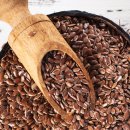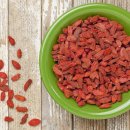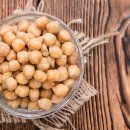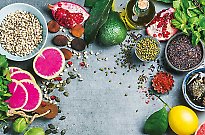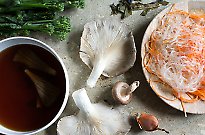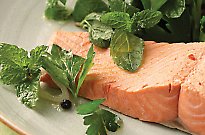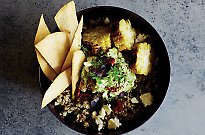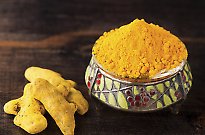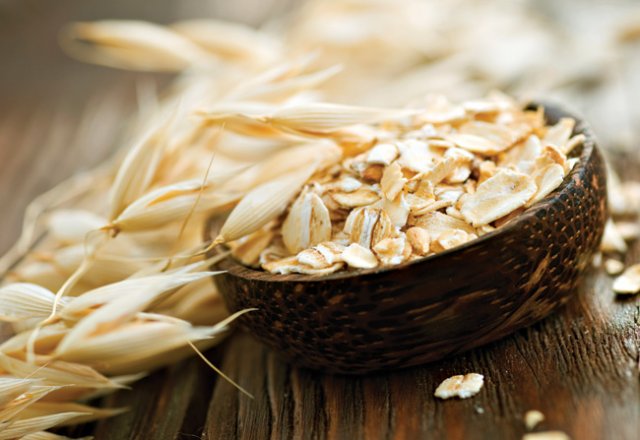
Benefits of ancient grains
Benefits of ancient grains

Grains are moving from specialty health food stores and farmers’ markets to mainstream bakeries and supermarkets. You will spot them in the cereal aisle, in artisan breads, alongside everyday pasta and white rice, and as featured ingredients in muffins, crackers, and snack bars.
New dishes are constantly being developed using these old-world grains and each exhibits a unique taste, appeal, and nutritional value. As a nutritionist, it is a trend I applaud.
Grains are the most widely cultivated crop on earth. They have been a staple of human diets for centuries and have often been dubbed the ‘seeds of civilisation’, as towns and cities arose when nomadic hunter-gatherer tribes were able to cultivate cereal crops and settle permanently in one place. Wheat and barley were the staple foods of ancient Egypt and later Greece and Rome; rice predominated in Asia; corn (maize), quinoa and amaranth were revered in the Americas; oats, buckwheat and rye were grown in the colder regions of Europe; and sorghum, millet and teff were favoured in Africa and parts of Asia.
Often long forgotten or overlooked by modern Western societies, ancient grains and seeds are now being rediscovered and revalued for their delicious chewy texture, eco-friendly cultivation techniques, cultural importance and often gluten-free status. They are part of the backlash against mass-produced products that – while being more resistant to insect attacks, and easier to grow and mill – are overrefined, have less fibre and are uniform in flavour and texture. Described as ‘super foods’, ancient grains offer us much in the way of natural nutrition and positive health benefits.
What are grains?
Grains – often referred to as cereal grains – are classified as members of the grass (Poaceae) family of plants. They are characterised by a dry, edible, seed-like fruit, or caryopsis, which is known as a kernel, grain or berry.
Traditionally, 10 grains are considered cereals: wheat, rice, corn (maize), oats, rye, barley, teff, millet, sorghum and wild rice. Buckwheat, chia, amaranth and quinoa are not technically grains because their seeds come from broad-leaf plants, not grasses. They are often called ‘pseudocereals’ and are included in this book because their seeds are cooked and eaten in the same way as grains and feature a similar nutritional profile.
Ancient grains – great for your health
All grains – both ancient and modern – have a similar structure. Over 70 per cent of each grain is made up of starchy carbohydrate, which gives grits, whole grains, rolled grains, breads and noodles the ability to fill you up. Grains have come under fire in recent times because of the fashion for low-carb diets, such as the Atkins, Dukan, and Paleo diets. But we need carbohydrates – they are the primary fuel for our brain and provide essential energy for the body. Whole grains are one of the best sources of carbohydrate, as they also provide important vitamins, minerals and fibre.
As a group, grains are low in fat; the exceptions are oats, amaranth and quinoa, which carry around seven per cent fat (double that of the other grains), and chia, at a high 30 per cent fat.
This fatty oil – located in the germ – is rich in ‘good’ polyunsaturated fatty acids and vitamin E. Grains are also low in sugars and sodium (salt).
At seven to 16 per cent, grains are a good source of protein. This is often overlooked despite the fact that grains are the main source of protein for most people in developing countries.
Millet, rice and corn (maize) fall at the lower end of the protein range, while rye and barley are intermediate. Oats, amaranth, chia and the ancient wheats – spelt, farro, and Kamut® – have the highest concentrations of protein. Grains are noted for their B-group vitamins, especially thiamin (B1) and niacin (B3), with lesser amounts of pyridoxine (B6) and folate (B9). They have no vitamin A, C or D, although coloured grains such as corn (maize) and rice carry beta-carotene, which our bodies convert to vitamin A. Vitamin E is found in the germ of grains, and it is present only in whole grains and whole-wheat flours.
A number of minerals are found in grains, notably magnesium and phosphorus. There are lesser quantities of zinc, copper, manganese, iron, potassium and calcium; the amount depends on the soil in which the plant was grown.
Ancient grains versus modern grains
Compared to modern grains, ancient grains offer many nutritional advantages. As a group, they have more protein and more fibre than their modern cousins. They can be a richer source of vitamins and minerals, but this is not a hard- and-fast statement – often this will depend on the particular plant species as well as the soil and surrounding environment in which the plant was grown. Some ancient grains shine brighter than their modern counterparts with regard to specific nutrients. For example, barley is a very good source of selenium; teff and spelt both have a high concentration of manganese; chia comprises more than twice as much fibre as other grains; and buckwheat features an impressive level of niacin (B3).
Ancient grains tend to be less refined than modern grains: they are eaten as whole berries, grits (cracked), or rolled, so you get the whole-grain advantage. Many are grown organically, which is better for the soil and environment; for example, to qualify for the Kamut® description, khorasan wheat must ‘be grown only as a certified organic grain’. And ancient grains add more variety and texture to your diet than modern grains, which is a core nutrition principle.
You chew more when eating ancient grains, which is a good thing in our world of overrefined fare.
What are ‘whole grains’?
I like to cook with heritage grains such as brown rice, oats and buckwheat because most are whole grains – they come with their bran and germ intact, giving you the complete nutrition package.
As they have undergone little (if any) processing, whole grains are nutrient dense and more natural. Compared to refined grains, whole grains are higher in fibre, essential vitamins (especially the B group and E) and health-giving minerals such as selenium, manganese, zinc, phosphorus, iron and copper. In addition, whole grains feature a wealth of antioxidants, phenolics, flavonoids and saponins, which offer us innumerable health benefits.
Research has uncovered a number of protective phytochemicals in individual whole grains. For example, a type of soluble fibre known as beta-glucans in barley and oats has been shown to lower cholesterol; lignans in rye can influence estrogen levels in women; and oryzanol in rice has an antioxidant action similar to vitamin E.
Studies show that people who eat whole grains regularly have lower rates of type 2 diabetes, heart disease and certain cancers, particularly bowel cancer. They are also more likely to be a healthy weight. Not every grain you eat has to be a whole grain, but nutritionists now recommend that half your grains (or at least two serves a day) should be in whole-grain form. This will boost your health and wellbeing and improve your digestion. When shopping for grains, look for those that include 50 per cent or more ‘whole-grain content'.
Words: Catherine Saxelby; photo credit: Andre Martin.

